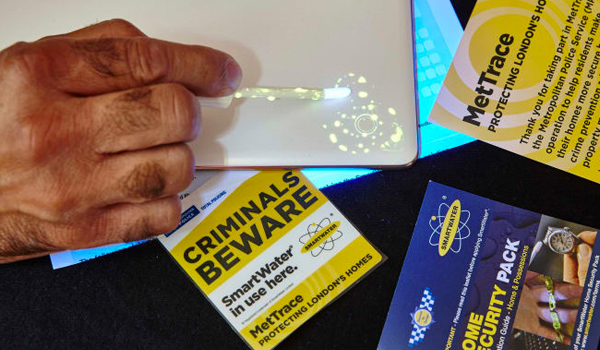UWE develops cameras able to see through disguises
Security cameras able to see through disguises and recognise faces in any light or at any angle are a step nearer thanks to new 3D imaging techniques being researched by the University of the West of England (UWE) and Imperial College London.

Security cameras able to see through disguises and recognise faces in any light or at any angle are a step nearer thanks to new 3D imaging techniques being researched by the University of the West of England (UWE) and Imperial College London.
UWE and Imperial College are recognised as two of only three UK centres with expertise in the technique, called photometric stereo, which uses subtleties in image shading to isolate and recover fine detail in 3D shapes.
Concerns over terrorism have sparked an increased interest in biometric face recognition and likely applications include airport immigration control, crowd surveillance, controlling access to secure areas, ATMs and online accounts and mugshot identification, plus some areas of forensic science.
UWE and its partners have received £672,000 in funding for the three-year project from the Engineering and Physical Sciences Research Councils Fighting Crime programme.
Dr Melvyn Smith, centre director and reader in machine vision, said: As humans we have an amazing capacity to recognise faces. But automated face recognition is one of the most challenging research topics in the field of computer vision.
The PhotoFace project aims to develop new forms of capturing 3D images of faces that allow them to be identified despite changes in pose, lighting or facial expression.
The technique of photometric stereo was first described at the Massachusetts Institute of Technology (MIT) in the 1970s, but remained largely a laboratory curiosity until the early 1990s when a dynamic form was developed at UWE. This allowed moving surfaces with both 2D and 3D features to be analysed for the first time.
Dr Smith added: Volunteers walk through the unmanned device which automatically detects their presence and scans their face as they walk through. They will be able to see a 3D relief of their face displayed as they exit the system.
The project is being undertaken in collaboration with a team from Imperial College, led by Professor Maria Petrou, General Dynamics UK, the Home Office (Scientific Development Branch) and Identity Solutions.
Equipment for gathering data for the project, called PhotoFace, will be set up at UWEs machine vision laboratory and at the South Wales offices of General Dynamics UK.


